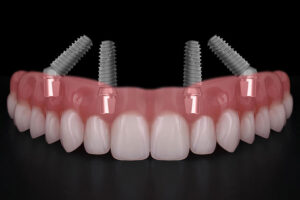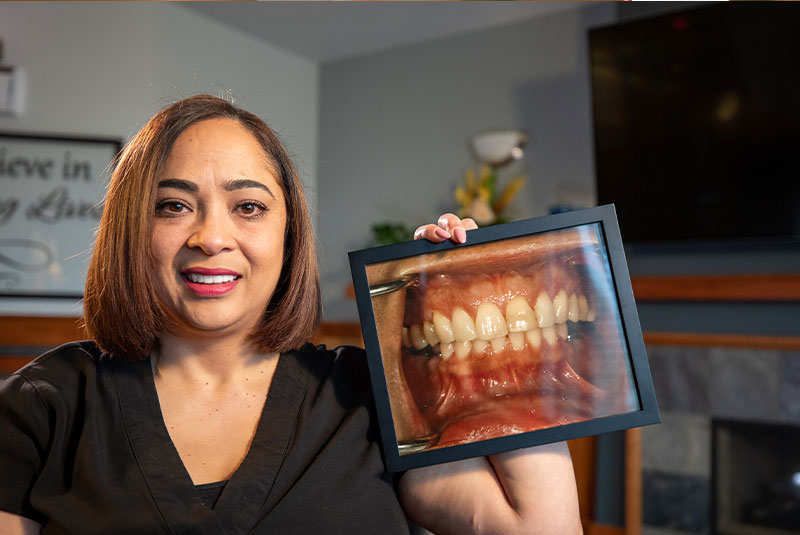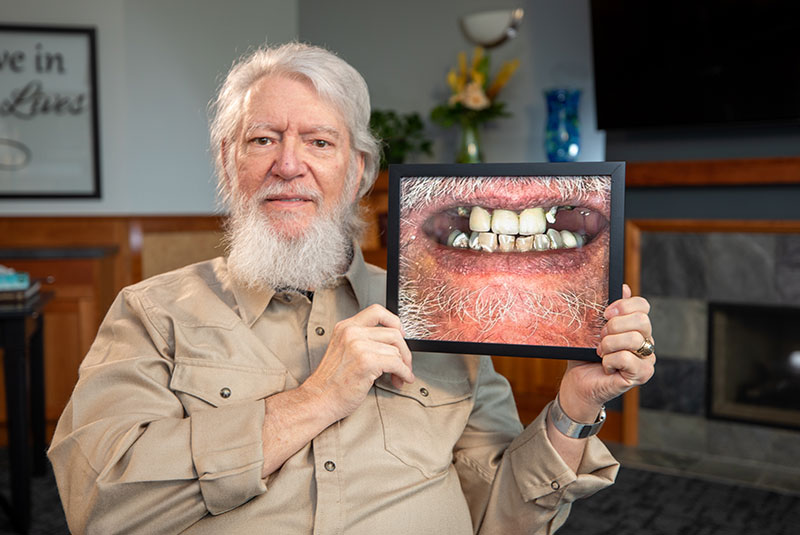Long ago in a faraway land, dental techniques were being developed before any formal dental training even existed. This isn’t a fairy tale; the history of dentistry is quite interesting. Without going into great detail, all we need to say is that the way dental care has been practiced has evolved a great deal. For example, we now actually have formal dental protocols that have been tested and proven. We have techniques for preserving and repairing teeth that meet patients’ needs for long-term function and cosmetic appearance. Tooth-colored fillings are often lumped into that category of being cosmetically valuable, but these restorations are so much more.
Beyond Aesthetics
If you have one or more silver fillings, you know that they aren’t discreet. These restorations were a significant part of the evolution of dentistry because they offered an alternative to costly gold fillings. They don’t, however, stay true to their name; and why should they? Silver fillings are made of silver, tin, and copper. These metals do not stick together, so there is also a hefty amount of elemental mercury in every filling. Over time, what started as a silver filling turns very dark in the tooth. But that’s not the real problem with silver fillings.
The validity and long-term safety of silver fillings, aka dental amalgam, have been brought into question recently. This is because elemental mercury is not stable, it releases vapors when it is heated. Research is ongoing to determine the long-term risks of mercury vapors in the mouth. On a physical level, the question about amalgam is how metal swells when heated. Because amalgam fillings are inserted into tooth structure, the swelling and contraction that persistently occurs can lead to fractures.
Benefits of Tooth-Colored Fillings
Aesthetic value is not the only reason to consider tooth-colored fillings. The composite material that makes up this restoration offers advantages such as:
- Durability for long-term function. Unlike amalgam, the composite material can be bonded to enamel. This increases overall tooth strength.
- Tooth preservation. Bonding is more conservative than the technique for amalgams, which involves the creation of a physical “lip” to hold the metal filling in place.
- Conservative care. Because less shaping is needed for a composite filling, there is less drilling during treatment.
We would love to see your smile in our Sherwood, OR family dentistry practice. Contact our office at (503) 925-9595 to schedule your visit.













